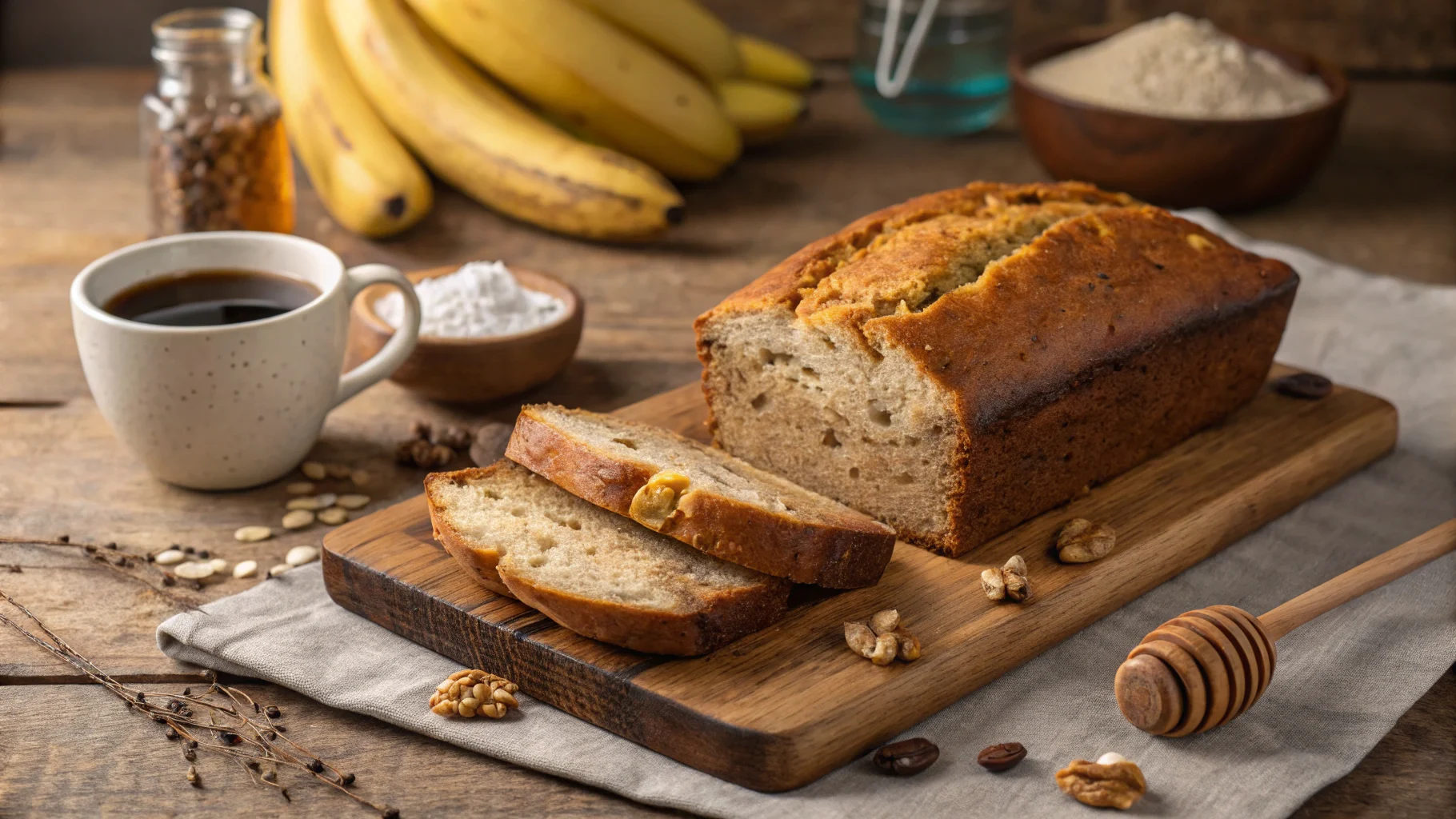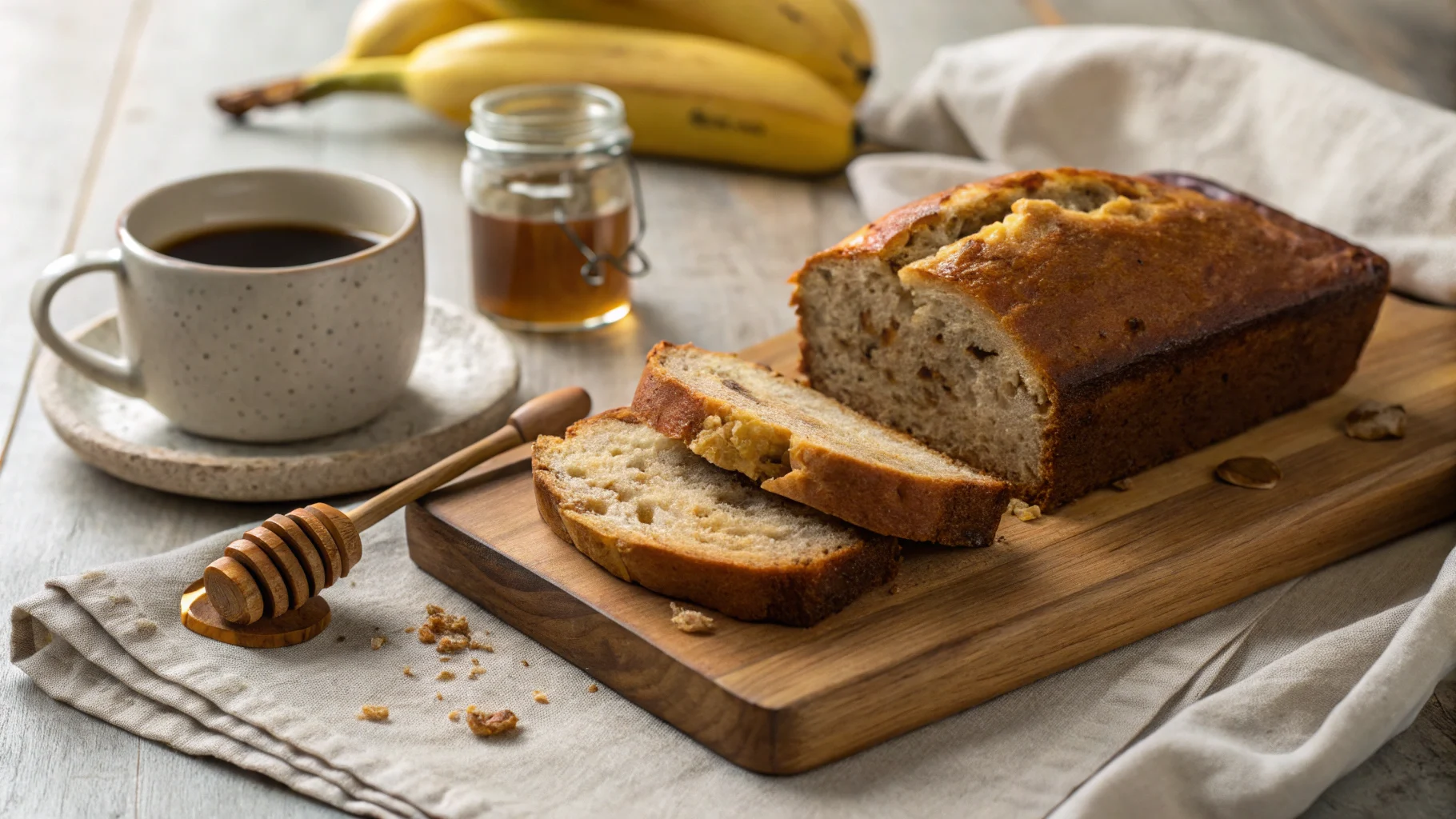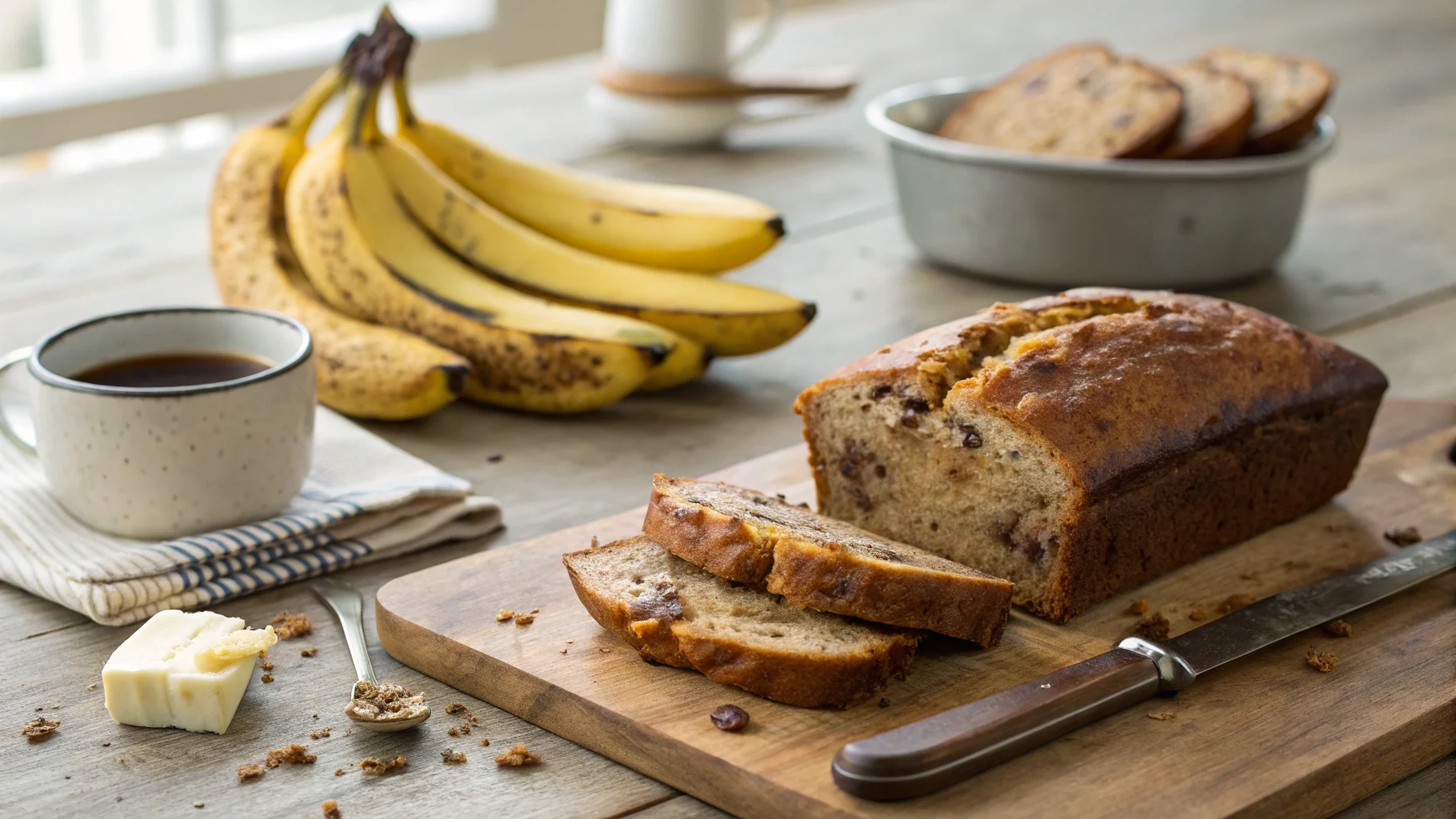Why Sweet and Sour Chicken Is a Crowd Favorite
Let’s be real—when it comes to takeout night, sweet and sour chicken is always a top contender. Those crispy chicken bites, coated in that glossy, tangy-sweet sauce, hit every flavor note we love. Whether you’re grabbing sweet and sour chicken from your local Chinese spot or whipping up a homemade version, it’s a dish that never disappoints. But have you ever stopped to think about the nutrition info for sweet and sour chicken? (Spoiler: It’s more than just chicken and sauce!)
What This Blog Covers
If you’ve been wondering about the nutrition info for sweet and sour chicken, you’re in the right place. From calories to sodium levels, and even healthier alternatives, we’ll break it all down in a way that’s easy to understand. Whether you’re counting macros, watching your sodium intake, or just curious about what makes sweet and sour chicken so irresistible, we’ve got you covered.
Ready to dive in? Let’s unpack the delicious world of sweet and sour chicken nutrition info—starting with the numbers that matter most.
Table of contents
Caloric Content
Let’s start with the big question: how many calories are in sweet and sour chicken? On average, a standard restaurant portion of sweet and sour chicken (about 1 cup) contains around 500 to 700 calories. A lot of those calories come from the deep-fried coating on the chicken and the sweet, sugar-packed sauce that makes sweet and sour chicken so delicious.
Now, if you go the homemade route and bake or air-fry your sweet and sour chicken instead of frying it, you can cut the calorie count significantly—by up to 200 calories per serving! Plus, using less sugar in the sauce or swapping it for natural sweeteners like honey can also make a huge difference in the nutrition info for sweet and sour chicken.
Serving Size Matters
Keep in mind that the calorie count for sweet and sour chicken can vary based on portion size. A typical serving of sweet and sour chicken is about 5-6 ounces, but restaurant portions often go way beyond that. If you’re ordering sweet and sour chicken at a restaurant, splitting your meal or pairing it with steamed veggies can help keep your calorie intake in check while still enjoying the delicious flavors of this classic dish.
Sweet and Sour Chicken Macronutrients
Protein Content in Sweet and Sour Chicken
The chicken in sweet and sour chicken is a solid source of protein, with an average portion providing 25-30 grams of protein. That’s great for muscle repair and staying full longer. However, the frying process and the thick, sugary sauce in sweet and sour chicken tend to overshadow its nutritional benefits. Choosing grilled or baked chicken for your sweet and sour chicken recipe can make it an even better option for those focusing on healthier eating habits.
: Carbohydrates and Sugar Levels in Sweet and Sour Chicken
Here’s where things get tricky. The sauce in sweet and sour chicken is typically made with sugar, pineapple juice, and ketchup—adding up to 40-50 grams of carbs per serving, with a significant chunk of that being added sugar (around 20-25 grams). That’s close to the daily sugar limit recommended by health experts, especially if you’re enjoying your sweet and sour chicken with a sugary beverage on the side.
Want to cut back on carbs in your sweet and sour chicken recipe? Opt for cauliflower rice instead of white rice, or use low-sugar ketchup in your sauce. These small changes can make your sweet and sour chicken a much healthier choice!
: Fat in Sweet and Sour Chicken
Traditional sweet and sour chicken can be high in fat, largely due to the frying process. A typical serving of sweet and sour chicken may contain 15-20 grams of fat, with about 3-5 grams coming from saturated fats. However, baking or air-frying your sweet and sour chicken can significantly reduce the fat content, making it a healthier and lighter option while still delivering all the flavor you love.
Micronutrient
Vitamins
Thanks to the bell peppers and pineapple commonly included in the dish, you’ll get a decent dose of Vitamin C, which is great for your immune system and skin health. Depending on the recipe, a serving can provide around 20-30% of your daily Vitamin C needs.
Minerals
The dish also contains small amounts of iron (from the chicken) and potassium (from the pineapple), which help with energy levels and heart health. However, these benefits can be overshadowed by the high sodium content.
Sodium Content in Sweet and Sour Chicken
Why Sodium Adds Up
Here’s the not-so-good news: sweet and sour chicken is notoriously high in sodium. A single serving from a restaurant can contain 800-1,000 mg of sodium—nearly half the recommended daily limit for most adults. The soy sauce and ketchup in the recipe are major contributors.
How to Lower Sodium
If you’re making sweet and sour chicken at home, you can use low-sodium soy sauce and skip the added salt altogether. Another tip? Bulk up your sweet and sour chicken with more vegetables like broccoli, snap peas, or carrots. Not only do they add flavor and crunch, but they also help dilute the sodium per serving, making your homemade sweet and sour chicken a healthier option.
By understanding the nutrition info for sweet and sour chicken, you can make informed choices that align with your dietary goals—whether that means cutting calories, reducing sugar, or simply enjoying smaller portions. Let’s move on to how these nutritional facts impact your overall health.

Impact on Your Diet
Weight Management
Sweet and sour chicken is undeniably delicious, but it’s not always waistline-friendly. Thanks to the deep-fried chicken and sugary sauce, a single serving can pack as many calories as an entire meal. If you’re watching your weight, portion control is key. Pairing it with steamed veggies or replacing white rice with cauliflower rice can help balance the meal without sacrificing flavor.
And if you’re meal-prepping? Consider making your own baked or air-fried version. This simple swap can save you hundreds of calories while still giving you that crispy texture everyone loves.
Blood Sugar Levels
The sugar content in sweet and sour chicken can be a red flag for those managing blood sugar levels. With up to 25 grams of added sugar per serving, the dish may cause blood sugar spikes, which isn’t ideal for people with diabetes or those on low-sugar diets.
For a healthier twist, reduce the sugar in the sauce by substituting part of it with honey, maple syrup, or a sugar-free sweetener. Adding more vegetables like bell peppers or snap peas can also help slow down sugar absorption.
Dietary Modifications
Lower-Calorie Alternatives
Love sweet and sour chicken but not the calories? Try these swaps:
- Use baked or air-fried chicken instead of deep-fried. You’ll get the same satisfying crunch without the extra oil.
- Make a lighter sauce by using low-sugar ketchup, a touch of honey, and apple cider vinegar instead of white vinegar and traditional sugar.
With these changes, you can reduce the calorie count by up to 30% per serving, making it a guilt-free treat!
Gluten-Free Options
For those avoiding gluten, the flour and soy sauce in traditional sweet and sour chicken recipes can be problematic. But don’t worry—it’s easy to adapt:
- Use gluten-free flour or cornstarch for coating the chicken.
- Replace regular soy sauce with tamari or a gluten-free soy sauce alternative.
This way, you can enjoy the dish without worrying about gluten sneaking into your meal.

Cooking Methods and Their Effects
Baking vs. Frying
Frying the chicken gives it that golden, crispy exterior, but it also adds a hefty dose of oil (and calories). Baking or air-frying the chicken is a healthier alternative that doesn’t skimp on crunch. Bonus: baked or air-fried chicken absorbs less sauce, which can also help control sugar and sodium intake.
Sauce Preparation Variations
The sweet and sour sauce is the heart of the dish, but it’s often loaded with sugar, soy sauce, and ketchup. Here’s how to make it healthier:
- Use reduced-sodium soy sauce to cut sodium levels.
- Swap out sugar for natural sweeteners like honey, agave syrup, or a sugar substitute.
- Add more vegetables to the sauce, like shredded carrots or diced zucchini, to bulk it up with nutrients.
These small changes can transform the sauce into a much healthier option without losing its signature flavor.
Sweet and sour chicken can absolutely fit into a balanced diet—especially when you make a few tweaks to the recipe. Whether you’re trying to reduce calories, cut down on sugar, or avoid gluten, there’s a version of this dish that works for you. Next, we’ll tackle some common questions about sweet and sour chicken in the FAQ section.
Frequently Asked Questions (FAQs)

1. Does sweet and sour chicken have a lot of sodium?
Yes, traditional sweet and sour chicken can be quite high in sodium. A single restaurant portion often contains 800-1,000 mg of sodium, which is close to half the daily recommended limit. The high sodium content mainly comes from soy sauce, ketchup, and added salts in the batter and sauce. To reduce sodium, try making it at home using low-sodium soy sauce and avoiding pre-packaged sauces.
2. How many calories are in Chinese sweet and sour chicken?
The calorie count for sweet and sour chicken varies depending on the portion size and cooking method. A standard restaurant serving (about 1 cup) typically contains 500 to 700 calories. However, making a baked or air-fried version at home can reduce the calorie count by up to 200 calories per serving.
3. What is sweet and sour chicken made of in Chinese cuisine?
Sweet and sour chicken usually consists of bite-sized pieces of chicken, battered and fried until crispy. The pieces are then coated in a tangy-sweet sauce made from ingredients like sugar, vinegar, soy sauce, and ketchup. Bell peppers, onions, and pineapple are commonly added to enhance the flavor and texture.
4. How many calories are in a Chinese sweet and sour chicken ball?
A single sweet and sour chicken ball can contain approximately 100-150 calories, depending on its size and how it’s prepared. Deep-fried chicken balls are higher in calories due to the oil used in frying. Opt for homemade baked chicken balls if you’re looking for a lower-calorie alternative.
5. Is sweet and sour chicken healthy?
It depends on how it’s prepared and how often you eat it. Traditional sweet and sour chicken can be high in calories, sugar, and sodium, which may not fit into some dietary plans. However, healthier versions—like baked chicken with a reduced-sugar sauce—can be a nutritious and flavorful option when enjoyed in moderation.
6. Can I make sweet and sour chicken gluten-free?
Yes! To make sweet and sour chicken gluten-free, use gluten-free flour or cornstarch for coating the chicken and replace regular soy sauce with tamari or a gluten-free soy sauce alternative. This way, you can enjoy the dish without any gluten-related concerns.
These FAQs cover some of the most common questions about sweet and sour chicken, helping readers make informed choices about enjoying this popular dish. Let’s wrap up with some final thoughts in the conclusion!
Conclusion
Sweet and sour chicken is a timeless favorite for a reason—it’s the perfect balance of crispy, tangy, and sweet that keeps us coming back for more. But while it’s undeniably delicious, it’s also worth paying attention to its nutritional profile. From calories and sodium to sugar and fat, understanding what goes into your meal can help you make smarter choices.
The good news? There are plenty of ways to enjoy sweet and sour chicken without the guilt. Opting for baked or air-fried chicken, using low-sugar and low-sodium ingredients, or even adding extra veggies to your dish can transform this classic into a healthier option. Whether you’re indulging on takeout night or cooking up your own version at home, there’s always room to tweak the recipe to fit your dietary goals.
So, the next time you’re craving sweet and sour chicken, go ahead and enjoy it—just be mindful of portion sizes and ingredients. And if you try any of the healthier tips or swaps mentioned in this blog, don’t forget to share your experience! After all, food is best enjoyed when shared with others, whether at the dinner table or in the comments below.





